In honor of the National Park Service's Centennial, I decided it was time to start visiting some of the national parks on my bucket list, starting with California's world-famous Yosemite National Park. As a first-time visitor to the park, I really didn't know what to expect -- I just knew that there would be crowds and possibly bears. What I ended up learning during my trip was that while crowds are inevitable, there are plenty of ways to get away from the masses, and that while the park has its fair share of bears, there are also great measures in place to keep human and bear contact to a minimum. I also discovered that camping at Yosemite is a less rustic experience than I had anticipated, and that I can forego the need for total self-reliance in favor of morning mochas at one of the park's multiple branches of Peet's Coffee, or stock up on vegan jerky and organic gourmet chocolate bars at any of the Yosemite Valley's gift shop/supermarket hybrids.
Here are nine valuable things I learned during my first-time trip to the national park.
1. It's Wise to Plan Ahead
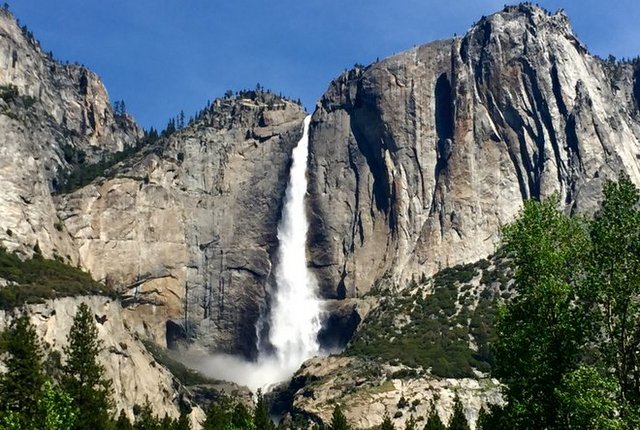
I’m not much one for planning ahead, preferring to take experiences as they come, but Yosemite is one of those places where you really do need to plan ahead, particularly if you want to stay in the Valley or participate in specific activities. Campgrounds usually book out months in advance, and if you’ve got your eye on a specific site, you’ll need to plan well and down-to-the-minute. Most campground reservations open up four months in advance, at 7 a.m. PST on the 15th of the month, and high-season reservations (May through September) often fill up within minutes. This becomes trickier when you have specific requirements (such as an RV of a certain length), but even those who just want to set up a tent should book early.
I ended up lucking out and getting a reservation a few days ahead of time, but I figure someone must have canceled around the time that I reserved, because mine was literally the only campsite in the entire online system. Oddly, however, the campsite next to me was empty during my stay, but it could very well have been a case of a no-show.
2. You'll Have Access to (Almost) Everything You Need
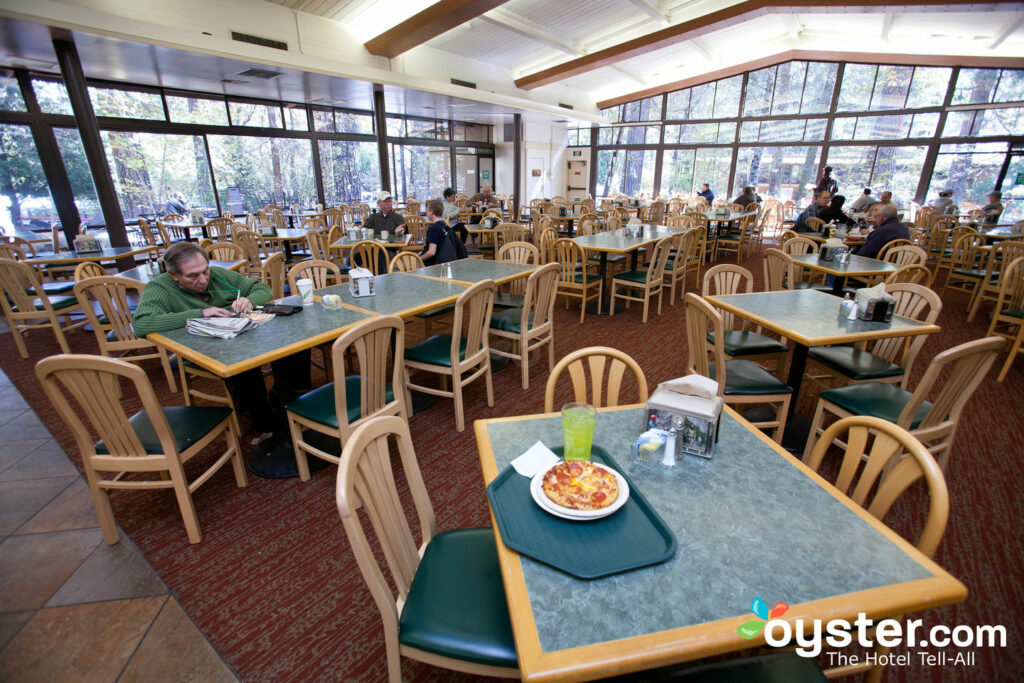
There’s no shortage of gift shops, restaurants, and grocery stores at Yosemite, particularly in the Valley. While I expected a few spots to buy basic groceries and souvenirs, I had no idea the extent of consumerism options on hand at the national park. The closest commercial center to my campsite, Half Dome Village, not only had a gift shop selling basic groceries, but also a mountaineering shop with everything from Patagonia jackets to rock-climbing camalots, an amusement park-style fast food joint, and a proper restaurant, complete with its own branch of Peet’s Coffee! I’d later find even more elaborate set-ups in other parts of the Valley; the Village Store in particular struck me for its huge selection of groceries — including meat alternatives and fresh vegetables.
Along with multiple campgrounds, from the popular North Pines (which also has its own amphitheater) to the walk-in Camp 4, beloved by rock climbers, the Yosemite Valley has a good selection of its own hotels and cabin rentals. Half Dome Village (formerly Curry Village) offers budget digs such as tent cabins and motel rooms, while the upscale Majestic Yosemite Hotel (formerly The Ahwahnee) is a swankier option, with comforts such as free Wi-Fi and flat-screen TVs.
3. Bears Are Kind of a Big Deal
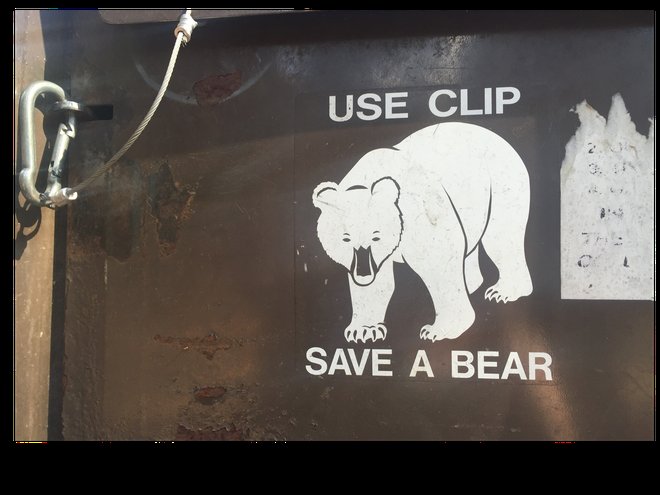
I must confess that I came to Yosemite a bit freaked out by the possibility of a bear encounter. I had read that visitors to the park were expected to store all of their food and scent-omitting cosmetic products (which bears mistake for food) in large “bear boxes” provided at the campsites, each with complicated locking devices that bears lack the dexterity to pry open. I’d also heard that bears would happily break into visitors’ cars for a single M&M or even to lick the crumbs off of infant car seats. This left me convinced that there was probably a Clif Bar crumb hiding in some deep crevice of my car that would surely entice a hungry bear to rip the door of my humble Hyundai right from its hinges.
Because of my ursine paranoia, the first thing I did when I got to the park was attend a ranger-led “bear walk,” where I learned to never turn my back on food (and always remember to keep it within arm’s reach). I also learned that dumpster locking was integral to keeping bears at bay, that bears could smell food within an up to a seven-mile radius, that there were around 20 bears in the Yosemite Valley, and that — while bear encounters were an issue — they were on the decline; none had ever resulted in a human death. I also learned that my visit coincided with mating season; in fact, the ranger I spoke to hadn’t seen a bear in weeks! In other words, they were too busy to be going after my deodorant.
4. It's Not Just Bears You've Got to Look Out for
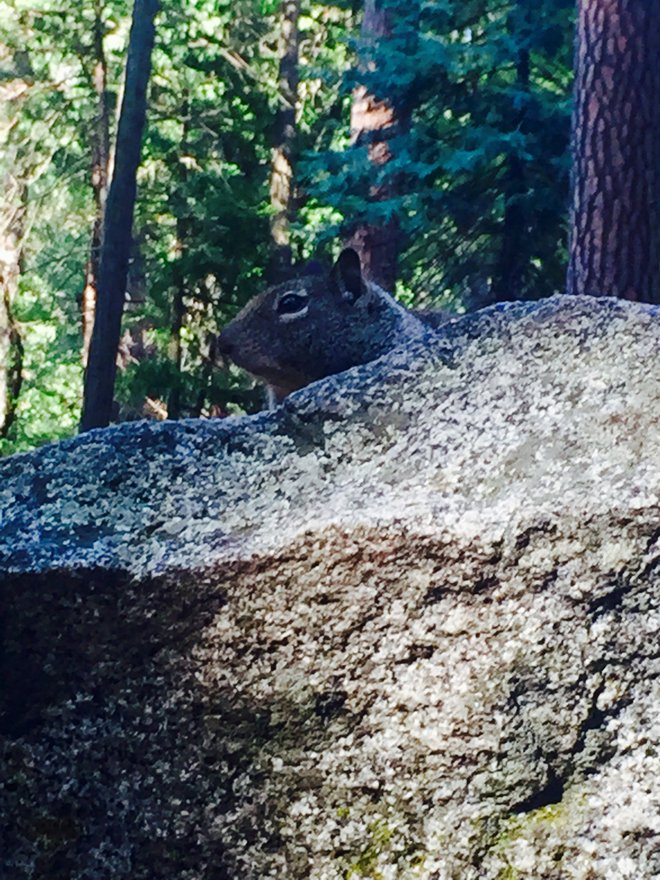
So while I spent most of my waking hours at my campsite doing everything I could to make sure that bears stayed away, I didn’t even think about the numerous other species that call the park home. There are tons of little squirrels throughout the park, many of whom have figured out that unabashed begging from humans is a lot easier than attempting more traditional means of food acquisition, such as foraging for nuts. I literally had a squirrel follow me up a 12-foot boulder I’d scrambled up in search of a good phone signal, presumably with hopes that I might feed him.
At another point, I turned my back to my campsite picnic table, ensuring that I didn’t leave any potential bear bait out — just a book, notebook, and maybe a pen or two. Within seconds, a triad of beautiful deer had appeared, sniffing at my book as if they were evaluating its nutritional value. While I desperately wanted to pull my phone out and start taking photos, I knew that it’s better for deer in the long run to be afraid of humans — we are, after all, predators. So I made some noise to scare them off and made a mental note to keep an eye out for more than just bears.
5. Don't Expect Peace and Quiet
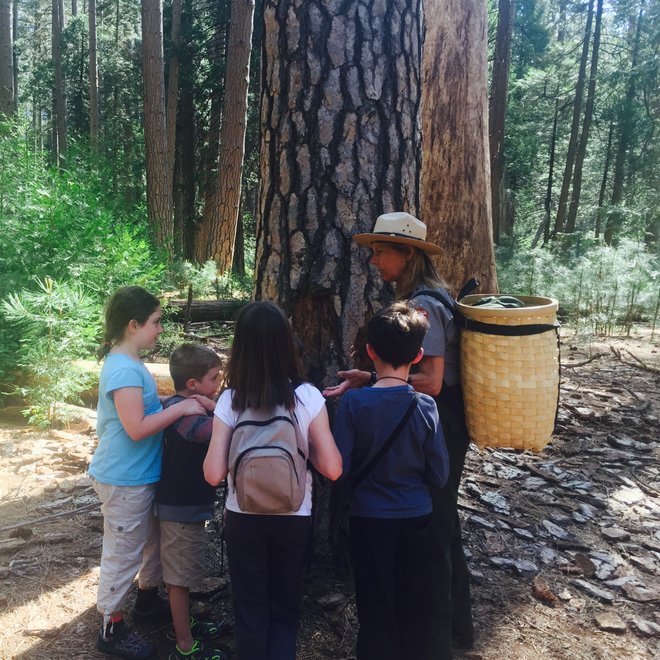
In busy years, Yosemite gets upward of four million visitors annually (which I later realized was more than the entire population of my vast, largely forested home state of Oregon). Though I thought I’d avoid the crowds but still get good weather by visiting in the middle of the week in early May, I was still surrounded by people most of the time, including plenty of families with small kids, tour groups, and busloads full of schoolchildren. A few of the more popular hikes I went on felt jam-packed in spots, most of the shops and restaurants I saw were busy even outside of peak mealtimes, and parking spots in the large lots interspersed throughout the Yosemite Valley were in high demand. Fortunately, the park operates a free shuttle bus that regularly ferries passengers around the Yosemite Valley throughout the day and well into the evening. And while there were a lot of people during my visit, things quieted down early, and the campground where I stayed (Upper Pines) was dead silent by 10 p.m. every night.
6. That Said, It's Easy to Get Away from the Crowds
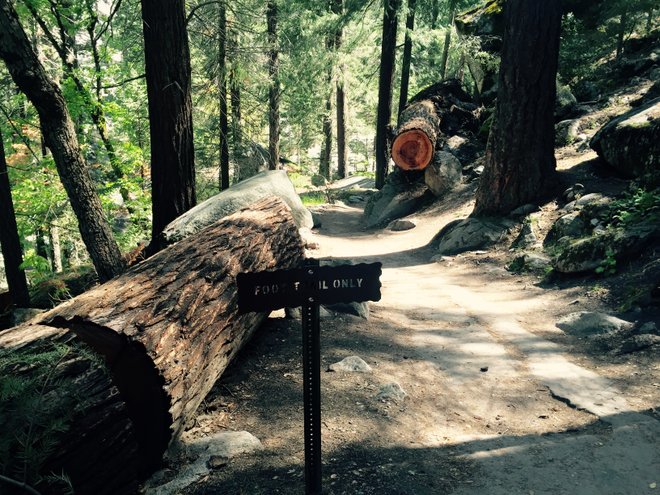
Yosemite is big — really big — and while the bottom of the Valley can get crowded at times, there are plenty of places to get away from the masses. Of course, leaving the Valley completely is a great way to avoid large groups, but it’s not a requirement. Strenuous hikes are always a good idea if you’ve got the stamina for them, as are some of the longer, less popular, waterfall-free hikes throughout the area. Some of the hikes have alternative routes; for example, the super-popular Mist Trail hike, which goes to Vernal and Nevada Falls, connects to the John Muir Trail, which often gets fewer hikers. I accidentally ended up starting the hike on the equestrian trail, simply because I didn’t know where the trailhead was and so I just started to wander. While I don’t recommend this, partially because it’s not allowed and partially because it involves lots of horse-dropping dodging, it did make for a quiet, solitary venture up to the falls, in sharp contrast to my Mist Trail descent, where I passed hundreds of fellow hikers.
Tips for Visiting in 2016
If you’re planning your Yosemite visit for 2016, here are a few things to keep in mind:
1. The Mariposa Grove of Giant Sequoias is closed for restoration until spring of 2017.
2. Access to national parks across the country will be free to all from August 25 to 28, in celebration of the NPS birthday, and again on September 24 (for National Public Lands Day) and November 11 (Veterans Day).
3. If you plan to visit the park more than once in the next year, or have other parks on your radar, you can potentially save a fortune on admission fees by purchasing an annual “America the Beautiful Pass,” which will grant you unlimited access to federal recreation sites, including all of the national parks, for the entire year. These passes cost $80 per household per year for most ($10 for those over age 62), though active members of the military, permanently disabled people, and fourth graders in the U.S. can get these passes for free.
Related Links:
- The 10 Best National Parks in the U.S.
- 6 U.S. National Parks You Need to Visit in 2016
- Not a Hardcore Hiker? These 10 Great American Hikes Are Perfect for You
All products are independently selected by our writers and editors. If you buy something through our links, Oyster may earn an affiliate commission.



